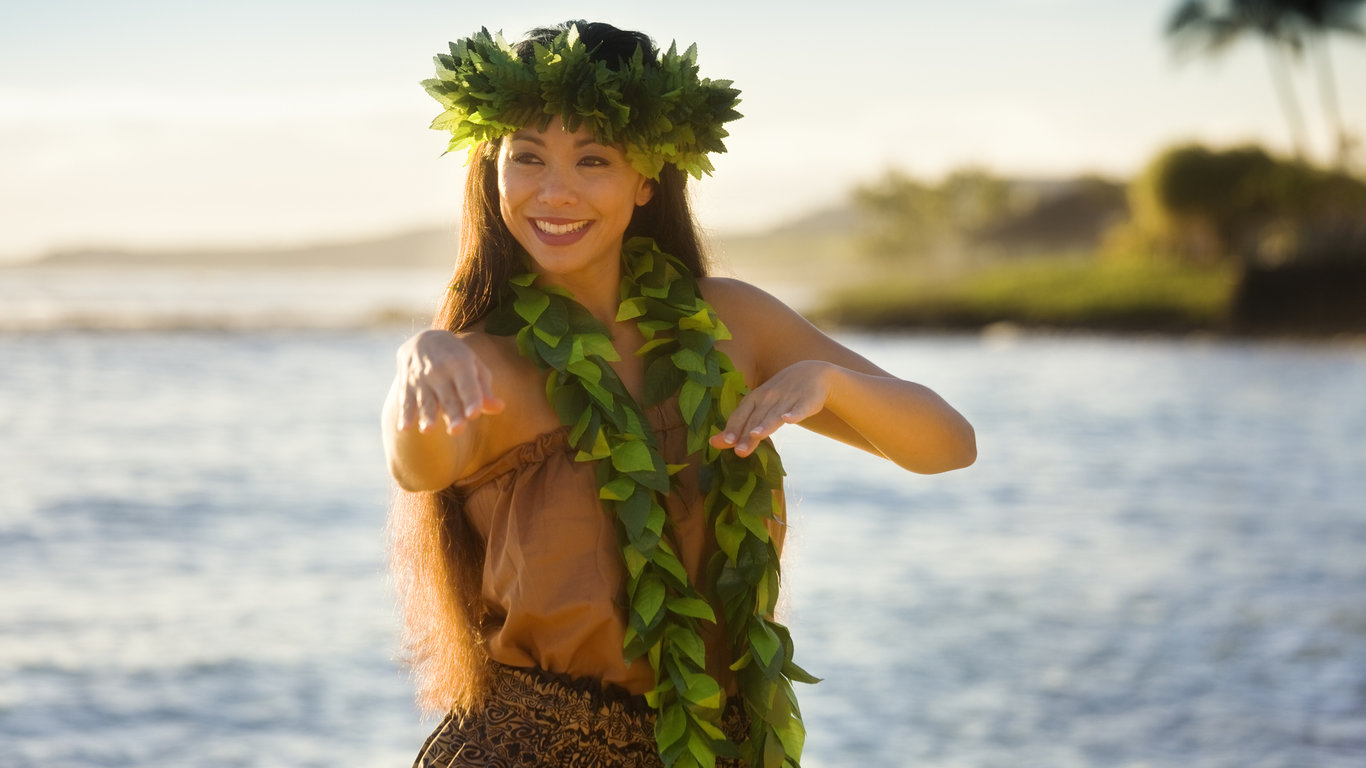Health and Healthcare
Dancing the Hula May Be Key to Lowering Blood Pressure

Published:
Last Updated:

A part of Hawaiian culture for centuries, the hula is a sinuous dance involving rhythmic movement of the hips and imitative hand gestures — noticeably different, in its authentic form, from the “Little Grass Shack” clichés usually associated with it.
It is also quite possibly a useful tool for lowering high blood pressure — at least among Native Hawaiians. That’s according to preliminary research just presented at the American Heart Association’s Hypertension 2019 Scientific Sessions in New Orleans.
Hypertension is a major cause for concern for Native Hawaiians, who suffer rates of heart disease and stroke four times that of non-Hispanic whites. “[T]hey also get these diseases ten years younger than whites and Asians in Hawaii,” according to Keawe’aimoku Kaholokula, lead author of the study and chair of the Department of Native Hawaiian Health at the University of Hawaii in Honolulu.
The study involved more than 250 Native Hawaiians already being treated for high blood pressure. They were 80% female, with an average age of 58. Despite medical attention, all had a systolic pressure (the upper number) of 140 or higher, or a systolic pressure of 130 or higher with Type 2 diabetes.
Participants were assigned randomly to a non-dancing control group or one involving a hula program. Both continued conventional treatment. The dancing group attended one-hour group hula classes twice a week for three months, then one lesson a month with self-directed practice for another three months along with group activities around healthy behavior.
After six months, the members of the hula group were more likely than the control group to have lowered their blood pressure to under 130/80 — the current treatment target for patients without diabetes. The reduction was enough to significantly reduce the risk of heart attack and stroke.
There are many reasons why walking is the best exercise, but dancing is good, too — and researchers believe that the positive results from the hula study were partially due simply to that fact.
But also, said Mapuana de Silva, a consultant to the study and a noted expert on hula, “While the physical benefits of dancing hula are clear, other positive impacts include creating family-like social support and increasing self-confidence and acceptance of others.” Maybe that’s part of the reason that Hawaiians have the highest life expectancy in the country — these are the states where people live the longest.
The thought of burdening your family with a financial disaster is most Americans’ nightmare. However, recent studies show that over 100 million Americans still don’t have proper life insurance in the event they pass away.
Life insurance can bring peace of mind – ensuring your loved ones are safeguarded against unforeseen expenses and debts. With premiums often lower than expected and a variety of plans tailored to different life stages and health conditions, securing a policy is more accessible than ever.
A quick, no-obligation quote can provide valuable insight into what’s available and what might best suit your family’s needs. Life insurance is a simple step you can take today to help secure peace of mind for your loved ones tomorrow.
Click here to learn how to get a quote in just a few minutes.
Thank you for reading! Have some feedback for us?
Contact the 24/7 Wall St. editorial team.